82 Absolutely Fabulous 1960s Photos of Vickers Viscount 700
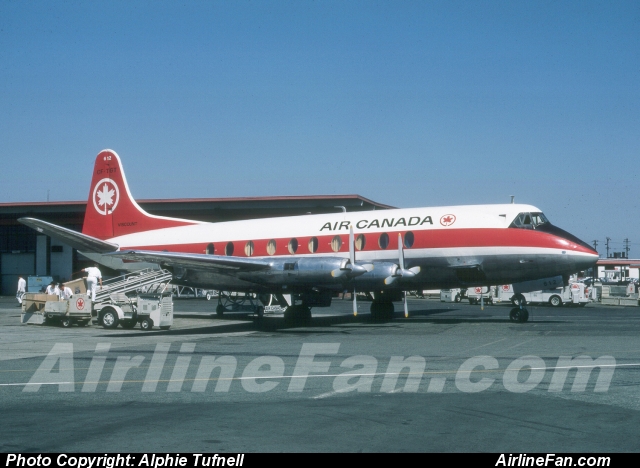
The early origins of the Vickers Viscount 700 lay in the Brabazon Committe of 1945. This historic committe foresaw the industry requirement for a short to medium range airliner for operation in Britain and Europe with turbine powered engines. The first prototype of such an aircraft was built after the committee reached agreement with Vickers-Armstrongs Aircraft Limited, and was powered by two revolutaionary Rolls-Royce Dart turboprop engines.
Following the abolition of the British Office of the Viceroy in India, the project being spearheaded by Vickers was named the V.630 Viscount. On July 16, 1948, the first Vickers Viscount G-AHRF flew for the first time, and that 20-minute flight was a great success. Test pilot Mutt Summers said the Viscount was the "smoothest and best I have ever flown."
However, the Viscount V.630's seating capacity of only 32 passenger seats made the larger capacity Airspeed Ambassador a better economic choice for the airlines, irrespective of the smooth flight quality. The new Viscount greatly impressed the public of the day, and was famously demonstrated at the SBAC air display in September, 1948.
To address the capacity issue, Vickers stretched the V.630 fuselage and upgraded to higher rated Dart engines, and thus was born the Vickers Viscount 700, which could now seat up to 53 passengers at a cruising speed of 269 knots. On August 28, 1950, Vickers test pilot Jock Brice took up the first Vickers Viscount 700 G-AMAV for its maiden flight from Brooklands.
In the latter half of 1950, Viscount 630 G-AHRF was loaned to BEA for a period of 26 days for operations on the London, Paris and Edinburgh schedules for assessment purposes, and it carried 1,815 paying passengers during this period. Passengers loved the revolutionary new aircraft, and it solidified the decision for all parties concerned to move forward with the Vickers Viscount 700 program.
BEA ordered 26 Vickers Viscount 701s, and other airlines quickly jumped on the Vickers Viscount 700 bandwagon. Substantial large fleet orders for Viscount 700s came from Air France, Aer Lingus, Trans-Australia, and Trans-Canada Air Lines. In 1954, Capital Airlines in the US also placed an order for Viscount 700s. By 1956, there were actually more Vickers Viscount 700s flying in North America with TCA and Capital than there were flying in all of Europe.
The Vickers Viscount and Dart engine were setting passenger comfort and efficiency standards never before achieved within the airline industry. The Vickers Viscount 700 remained in front line operations throughout the 1960s. In the Spring of 1974, Air Canada retired their last Viscount 700. United retired their fleet of (former Capital) Viscount 700s in the late 1960s, and the BEA/British Airways Viscount 700s remained in service through the mid-1970s. Perhaps the last front line airline to retire their Viscount 700 fleet was Air Zimbabwe, which operated the type up until 1982.
It is uncertain when world's very last Vickers Viscount 700 flight took place, but we can say the Viscount 700 has been inactive since the early 1990s. It is very possible that the Reading Air Museum's Capital Viscount was the world's last operation example, and it has been inactive since 1993.
Presented below are 82 absolutely fabulous photos (mostly 1950s and 1960s) of the Vickers Viscount 700 from our extensive aircraft image database. Which, by the way, are for sale in both digital and print format. If you are looking for 35mm kodachrome slides of Vickers Viscount 700s click here for huge selection.
WANTED: Top aviation photographers to join our team.
CLICK ON PICS for IMAGE PURCHASE / IMAGE DETAILS:
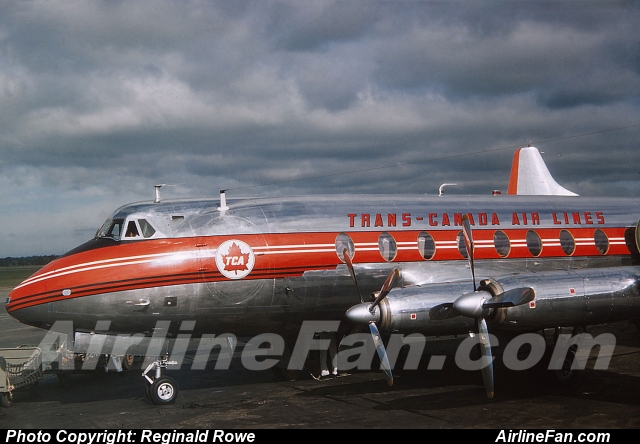
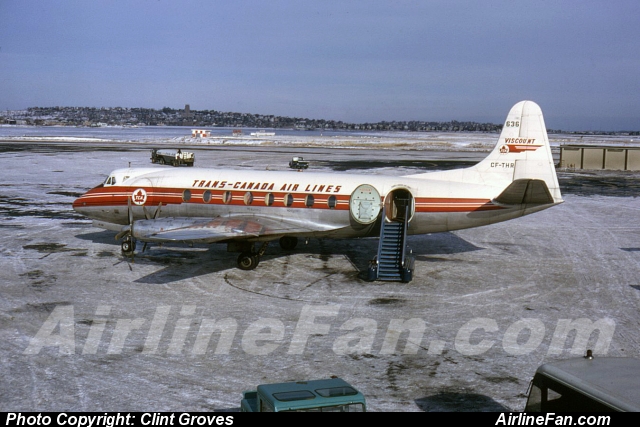
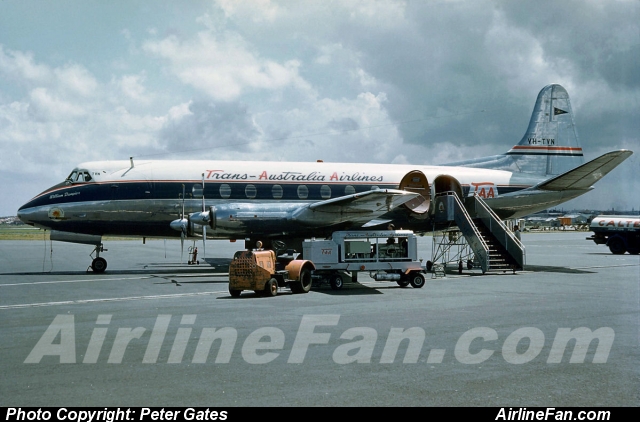
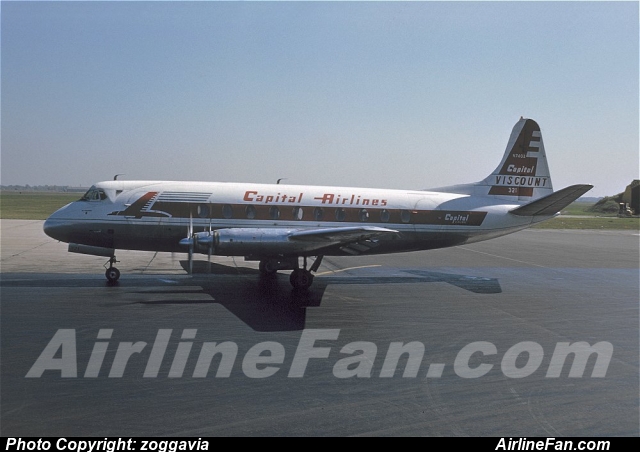
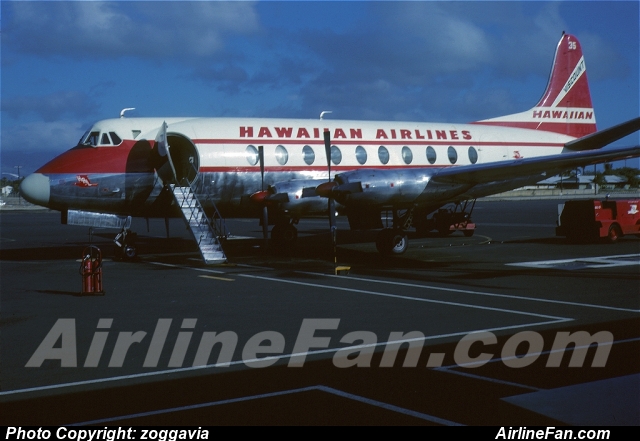
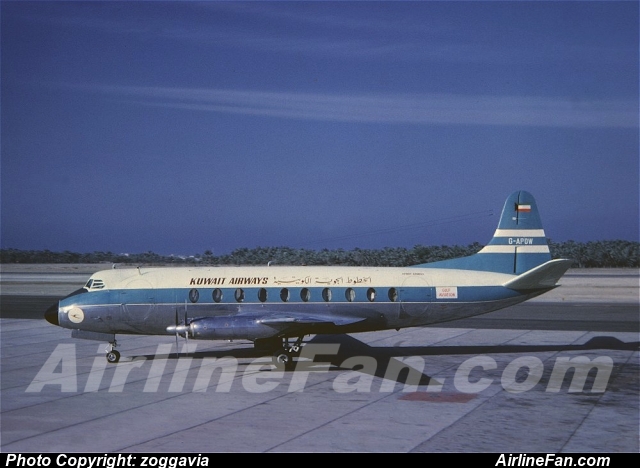
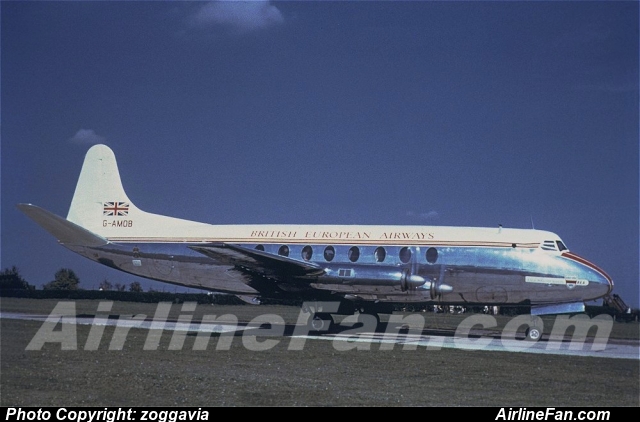
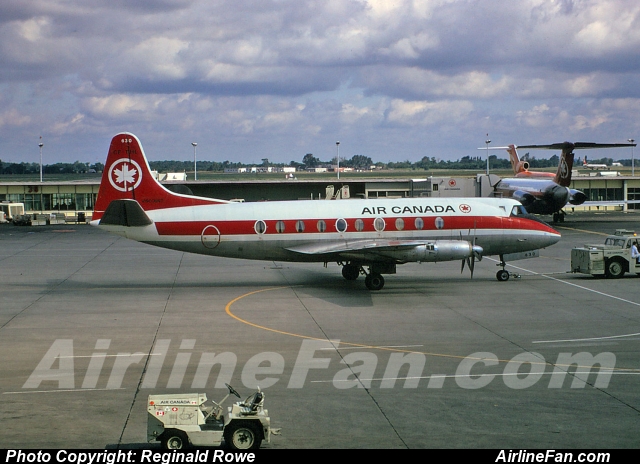
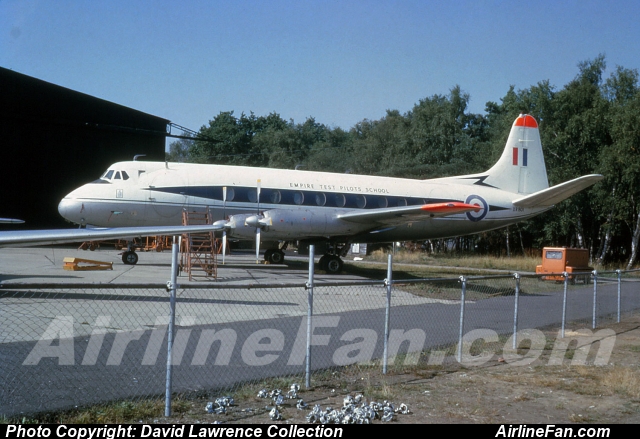
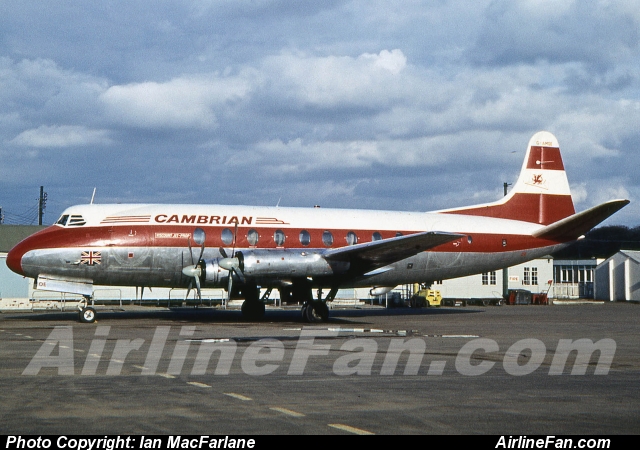
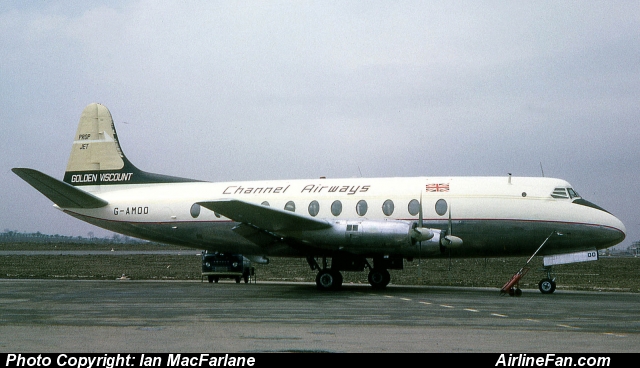
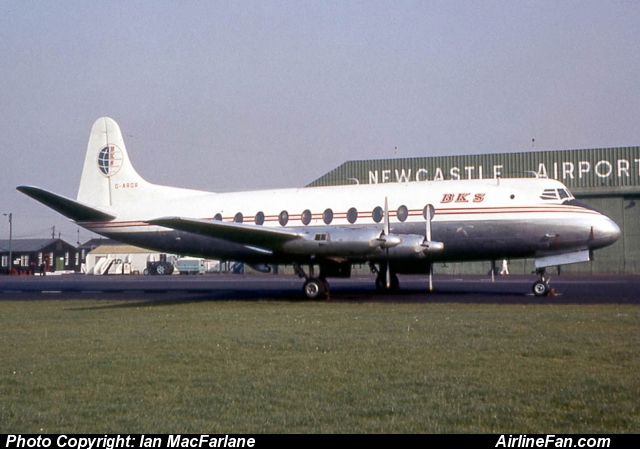
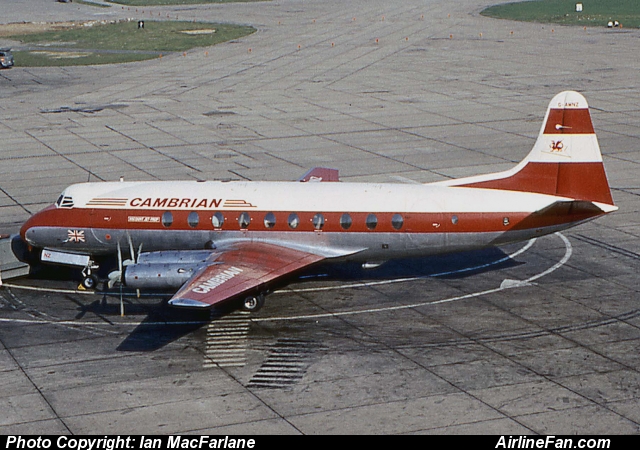
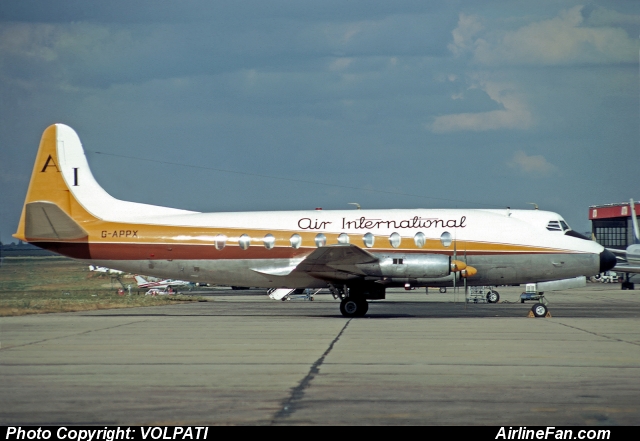
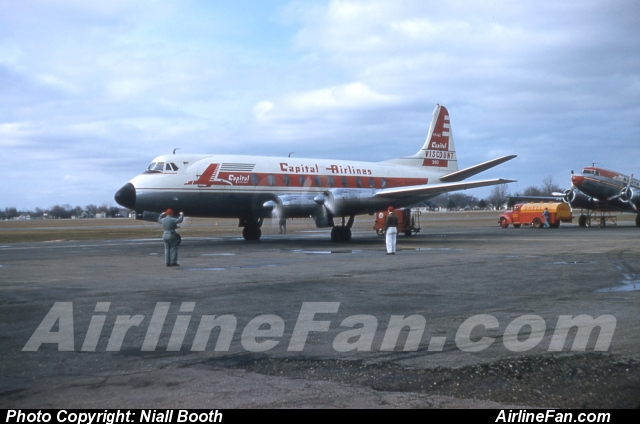
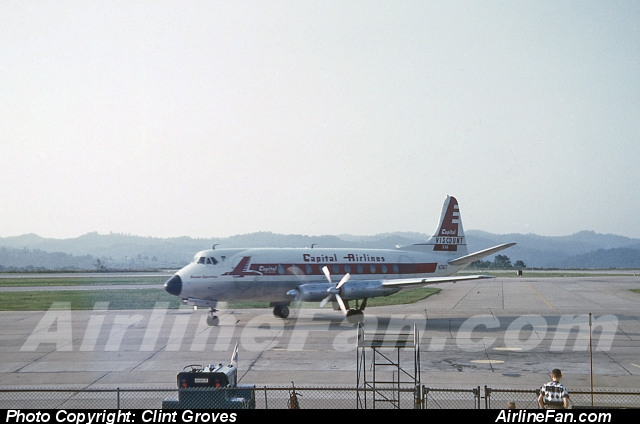
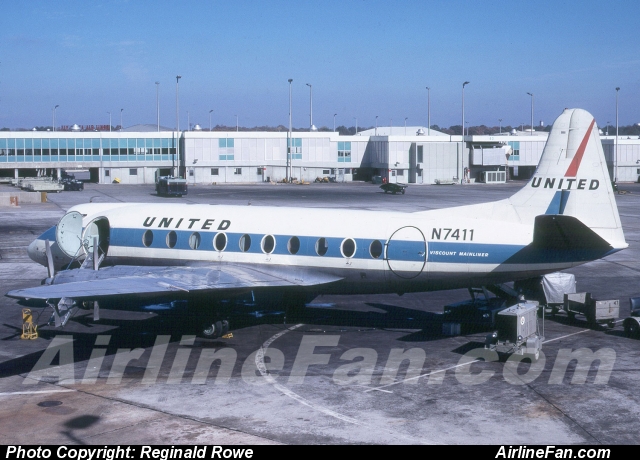
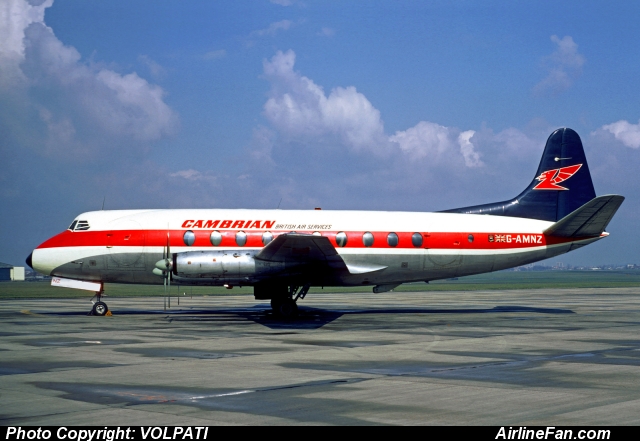
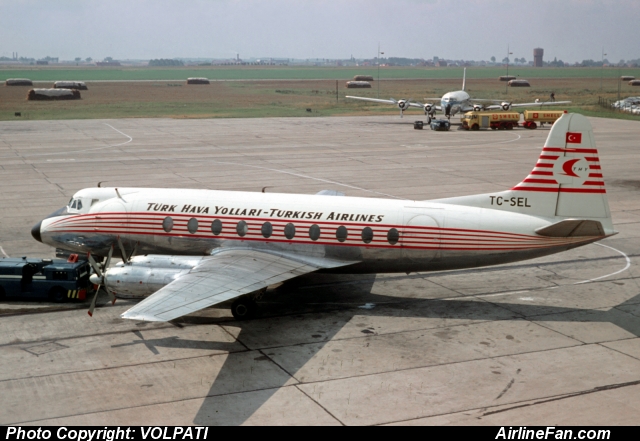
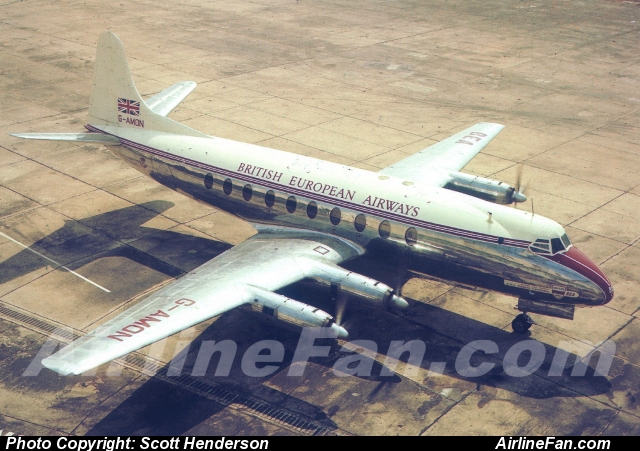
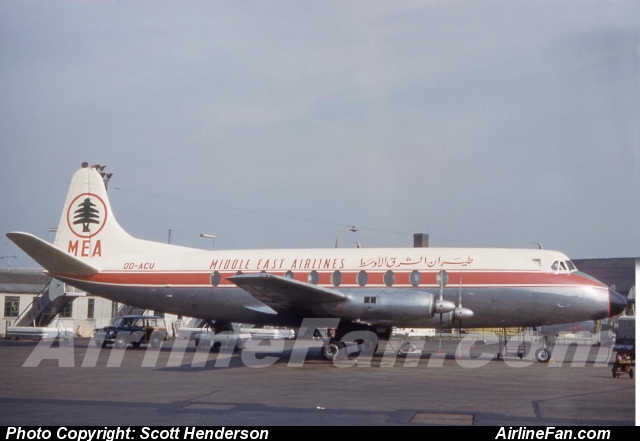
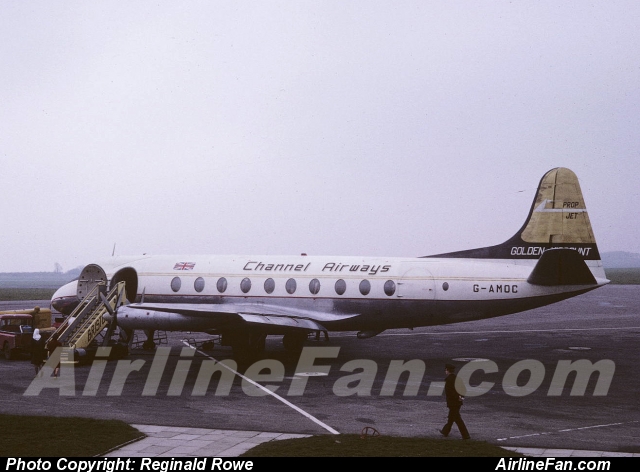
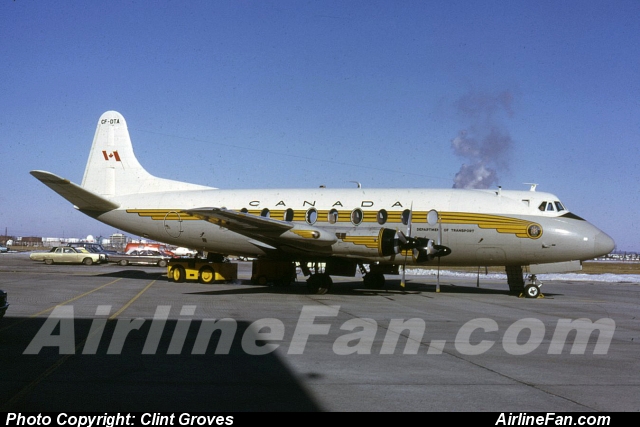

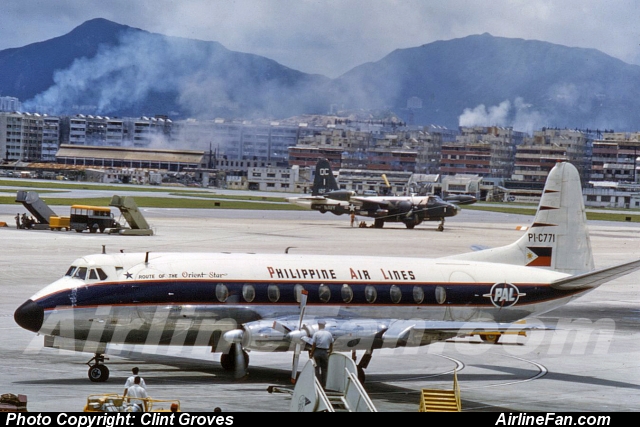
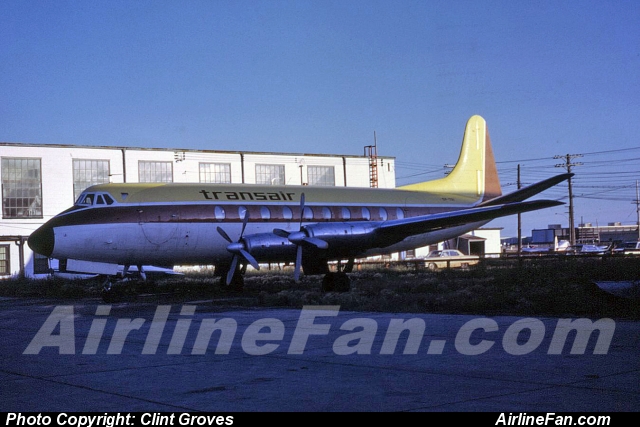
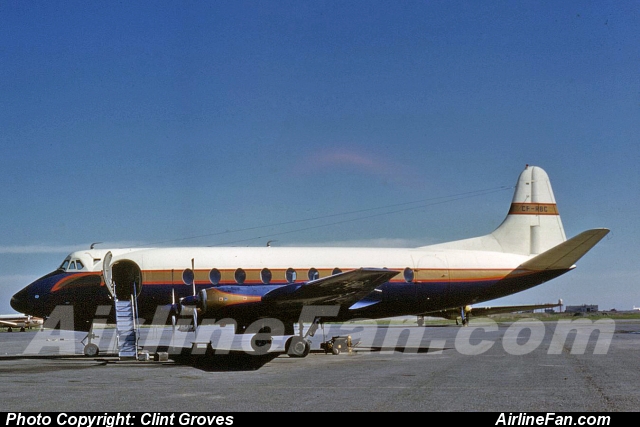
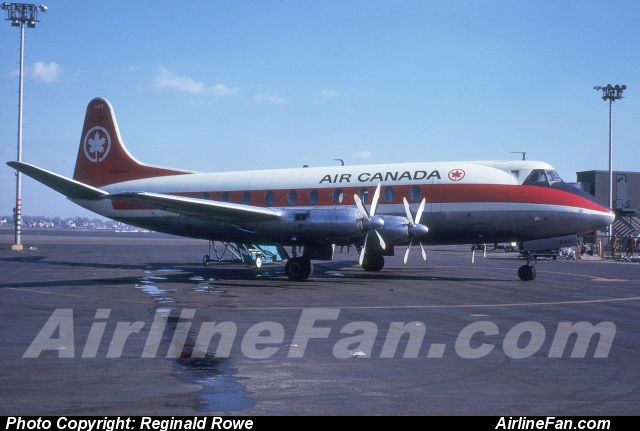
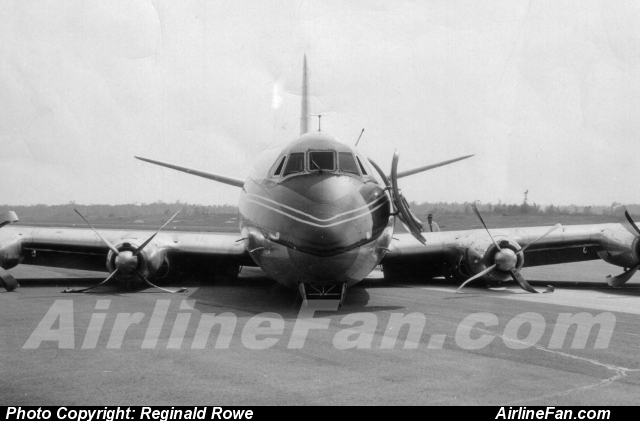
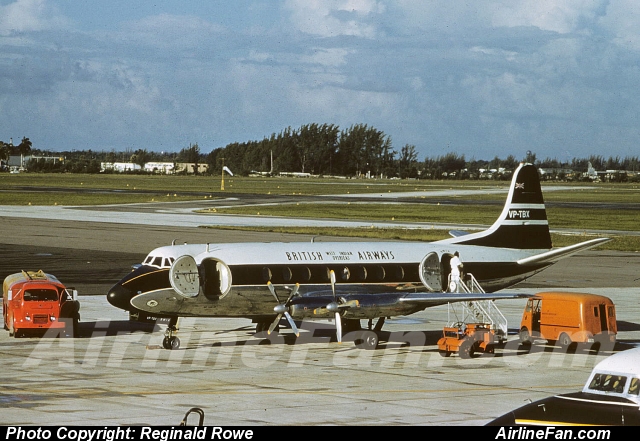

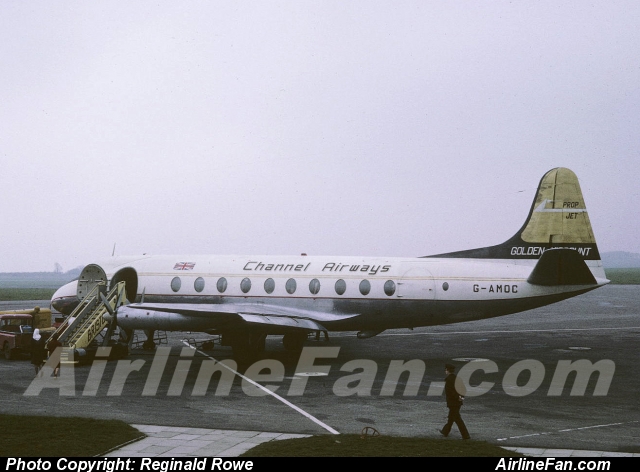
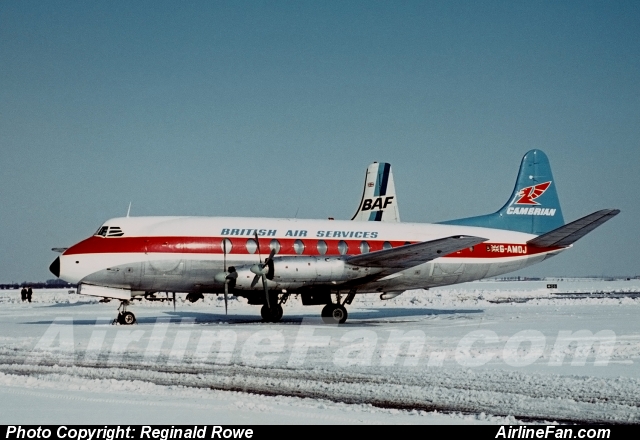
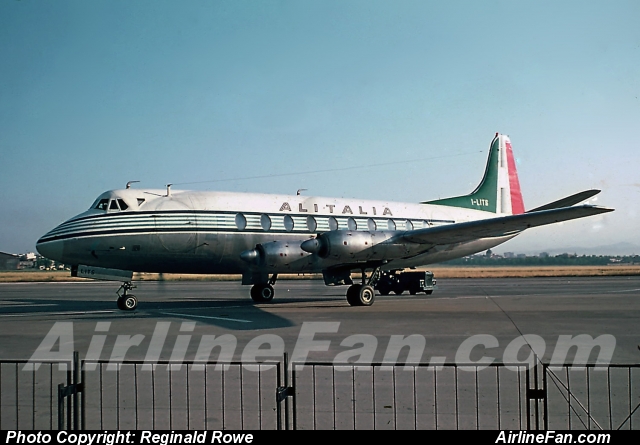
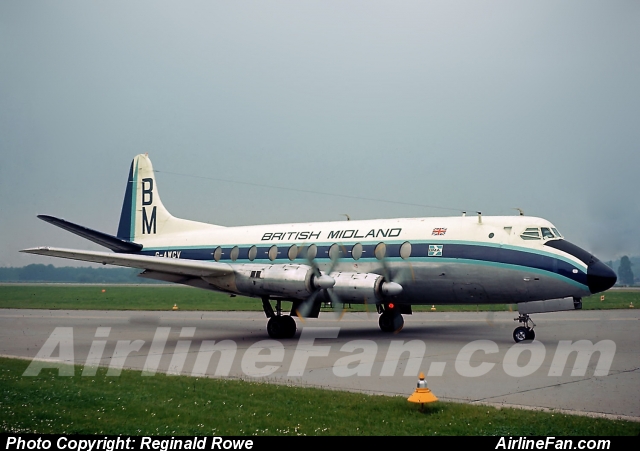
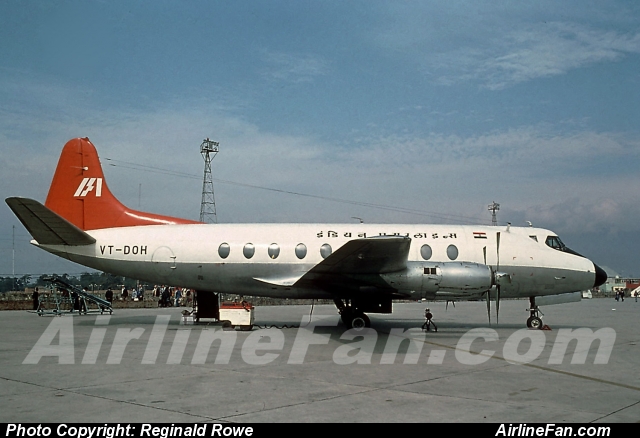

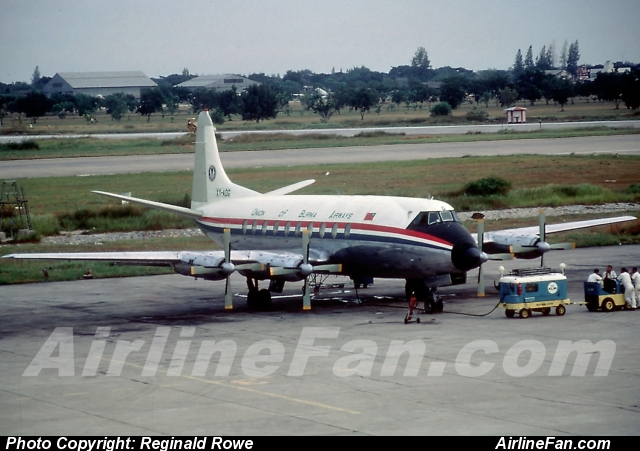

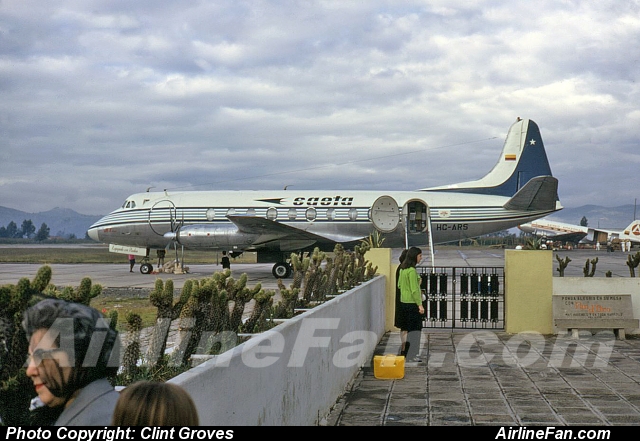
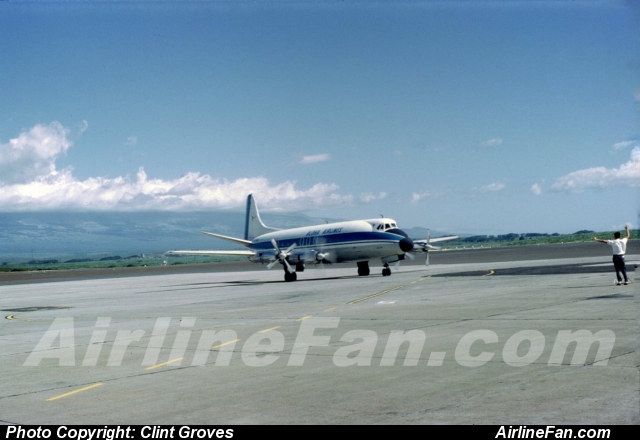
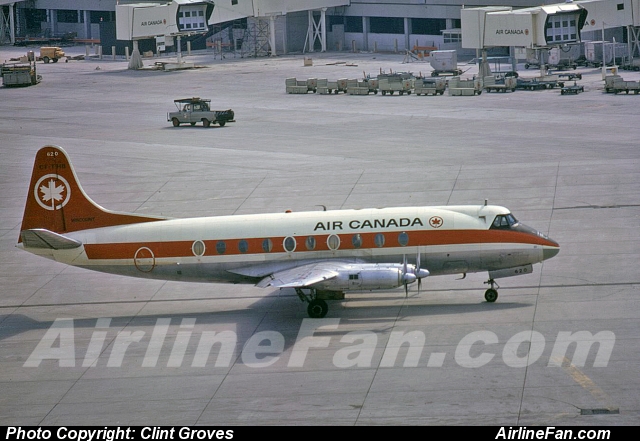
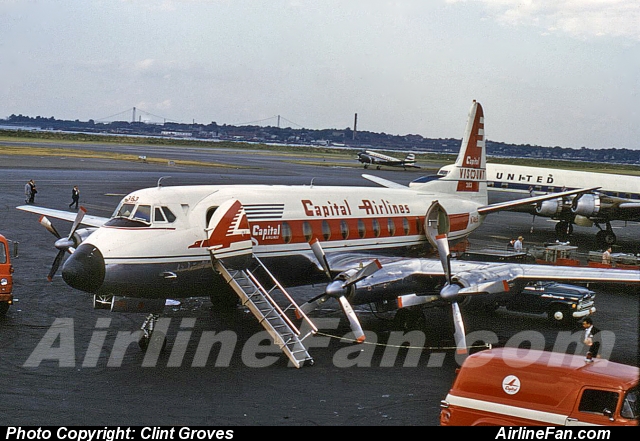
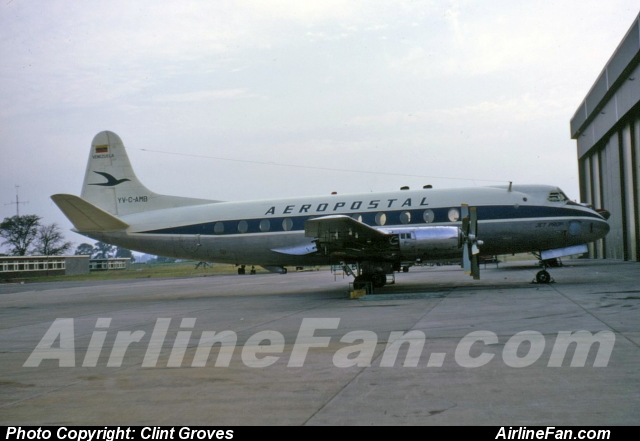
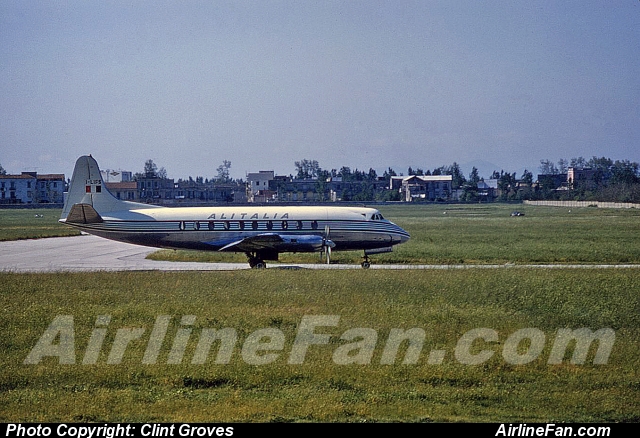
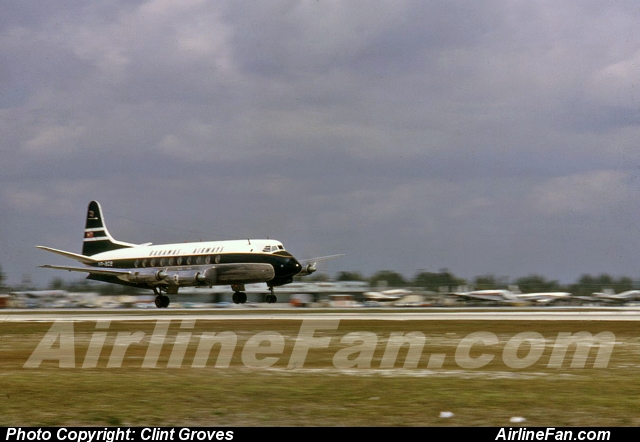
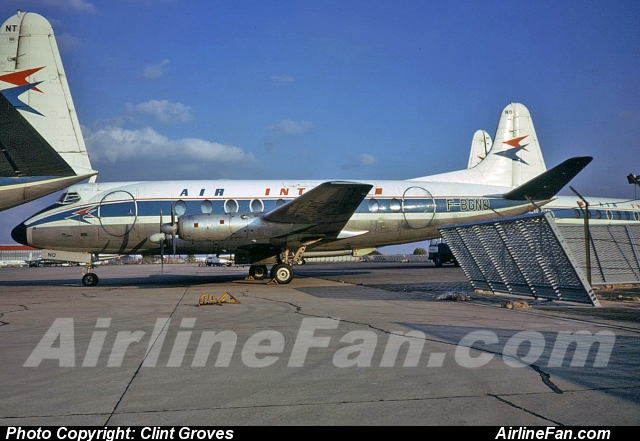
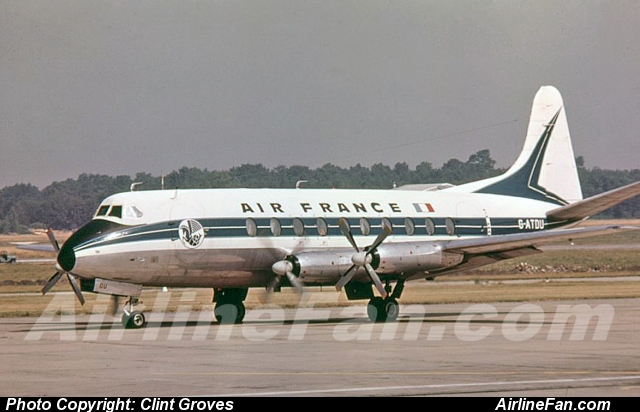
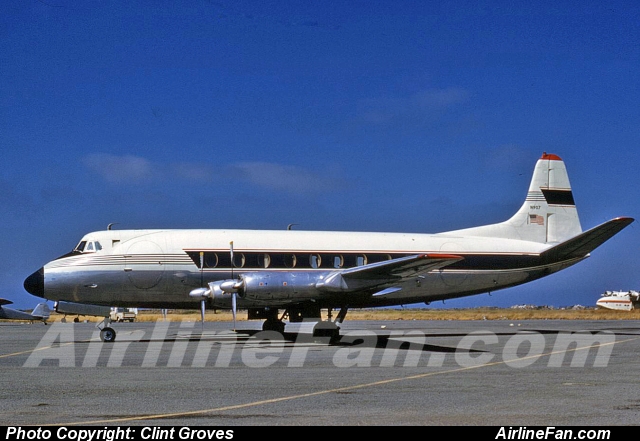
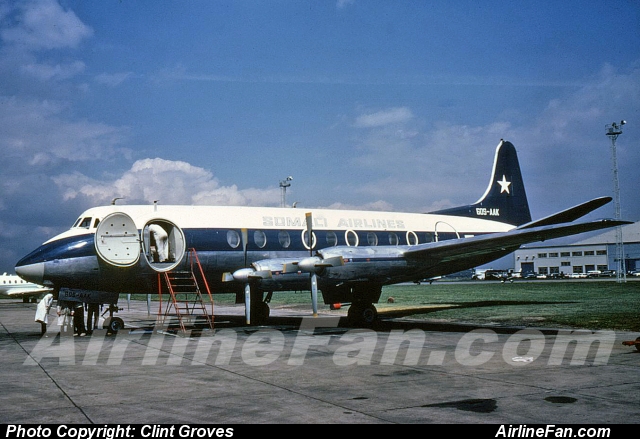
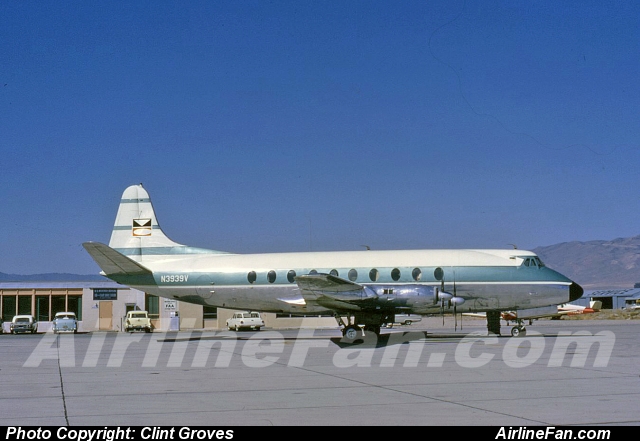
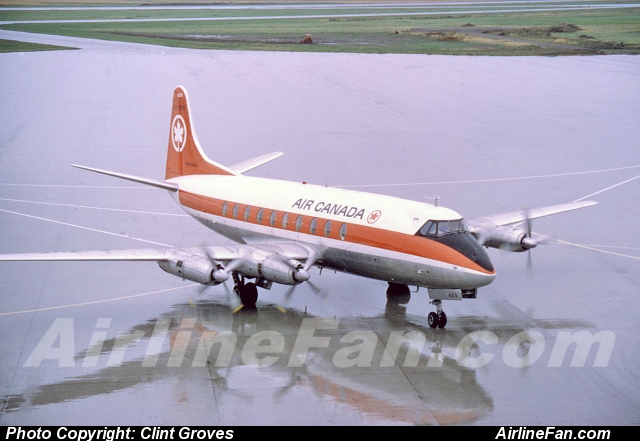
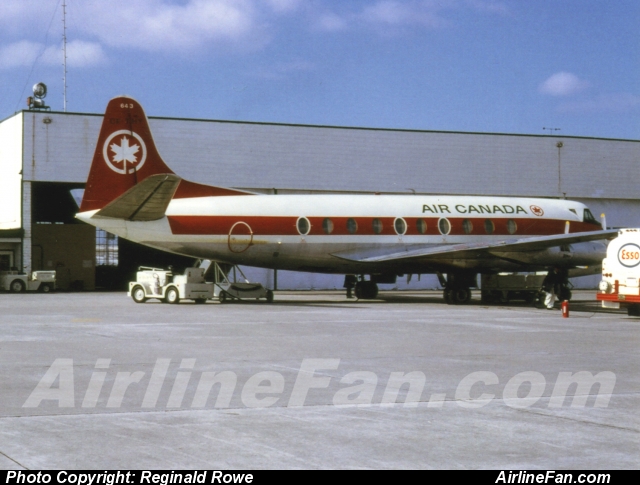
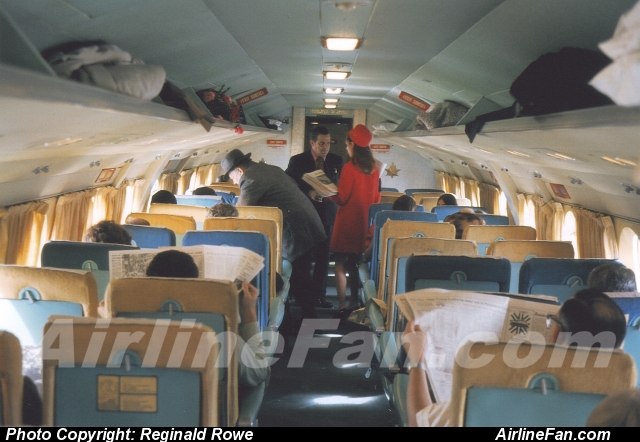
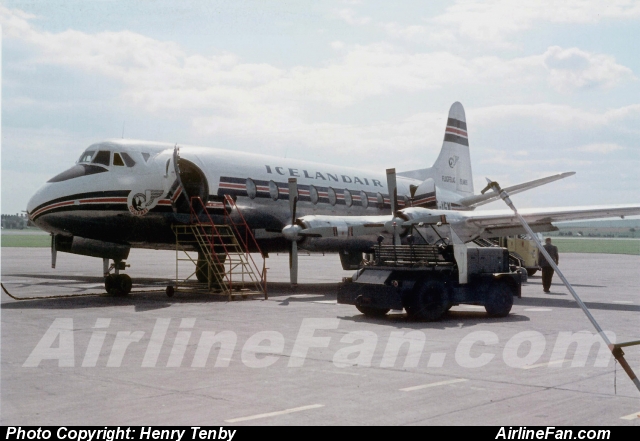
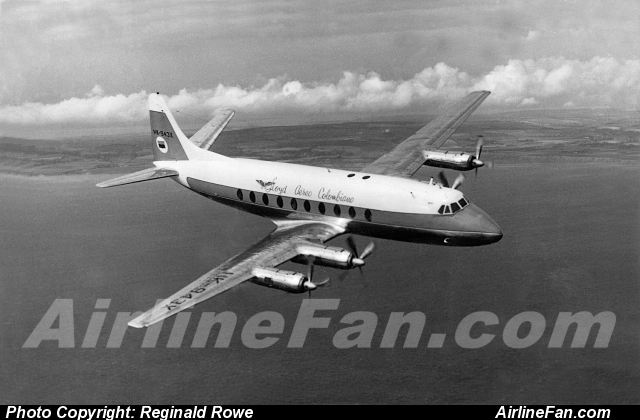

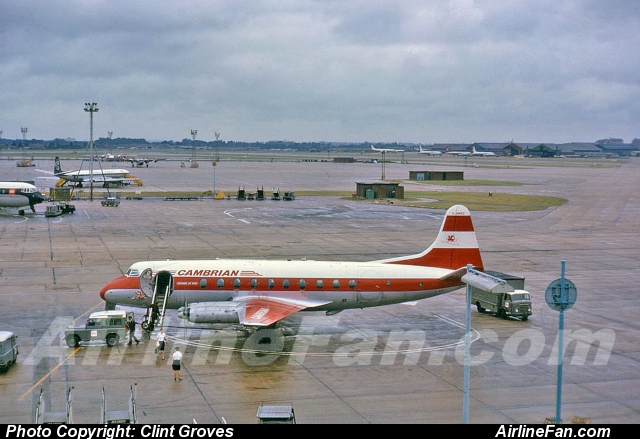
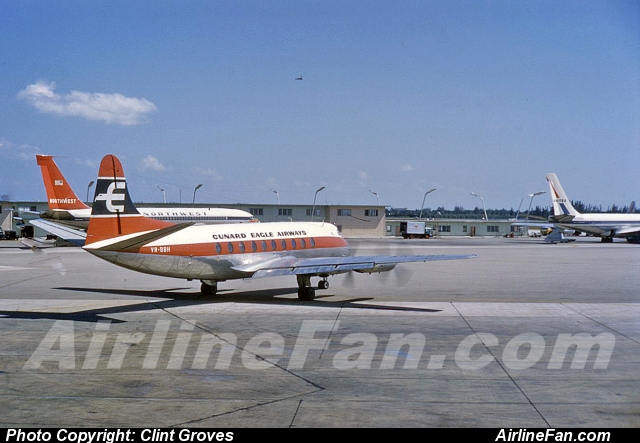
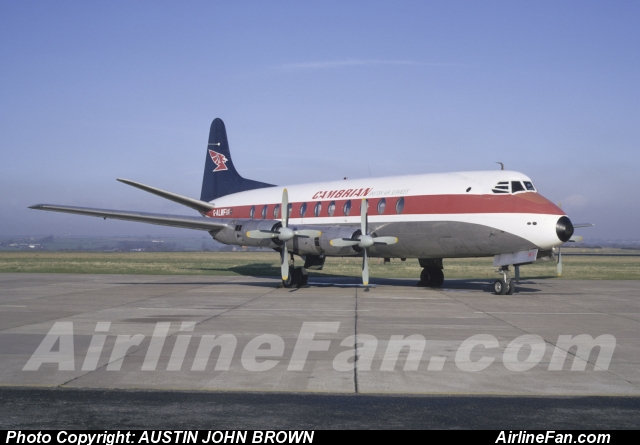
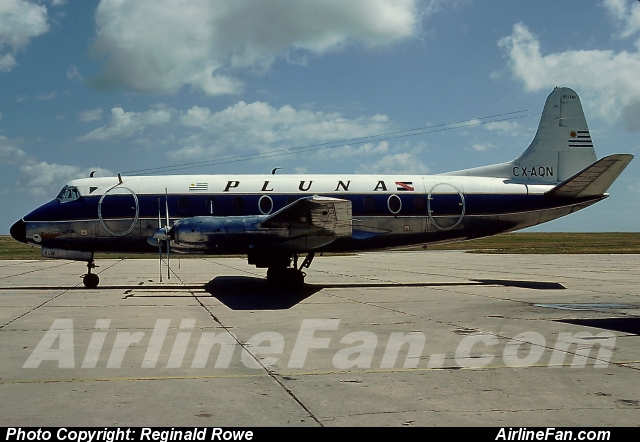
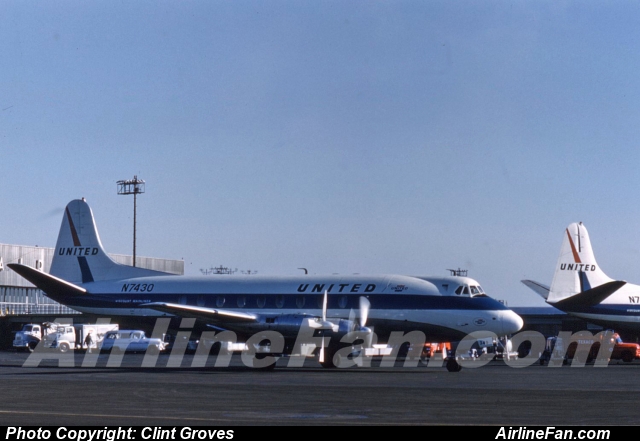
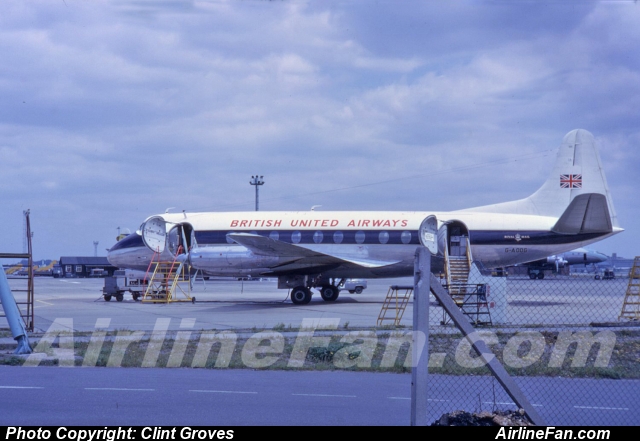
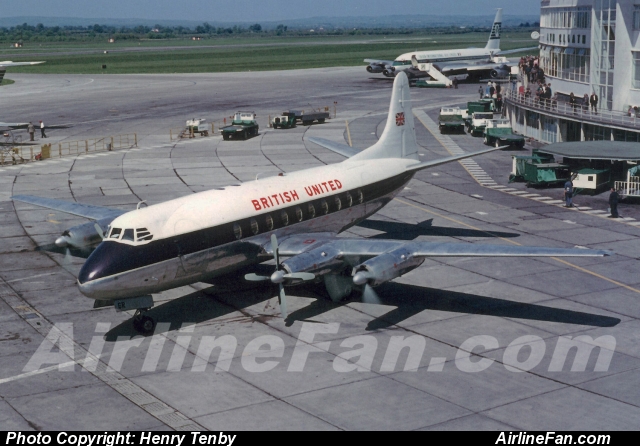
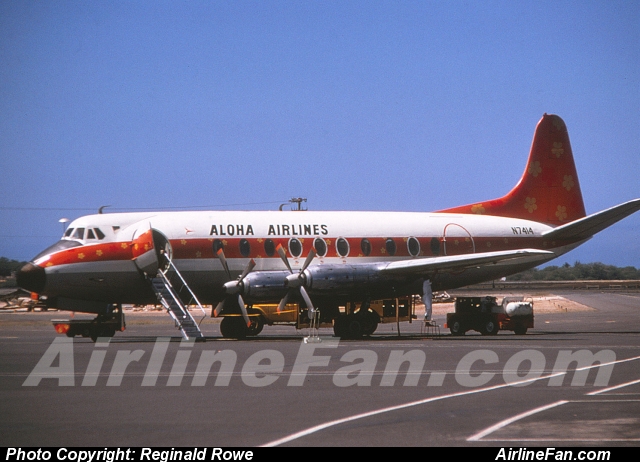
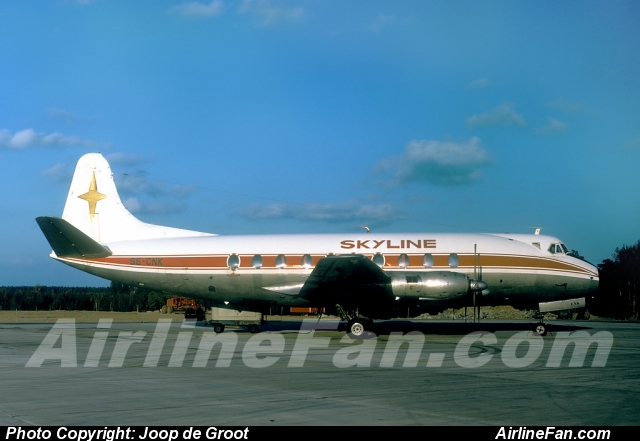
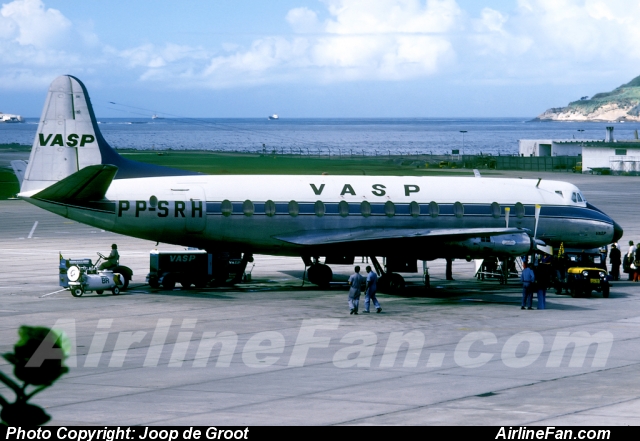
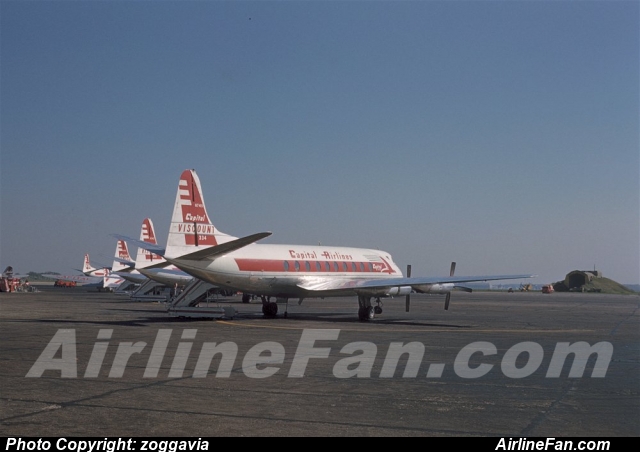

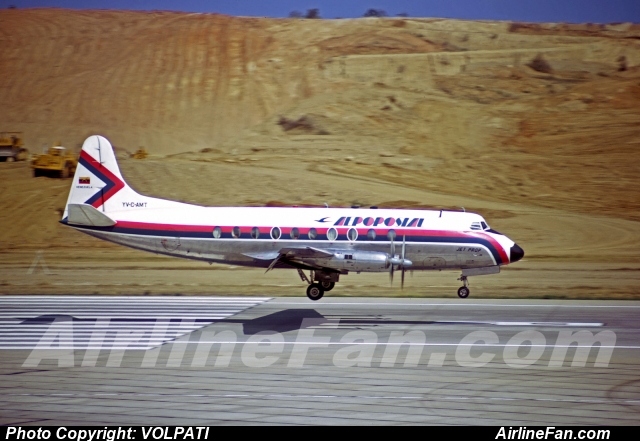
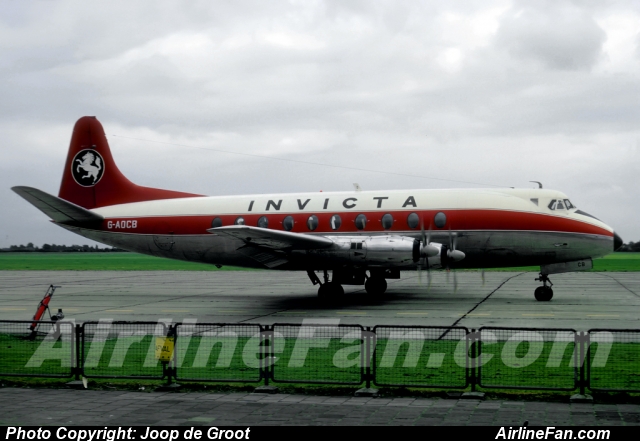
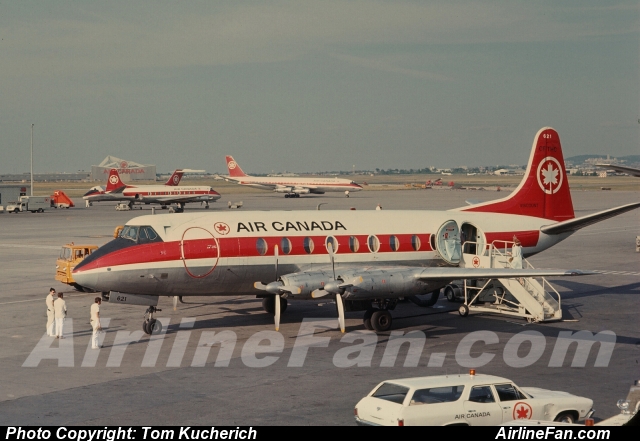
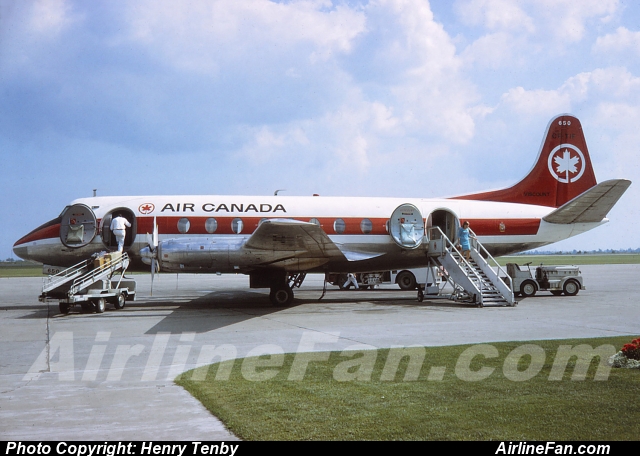
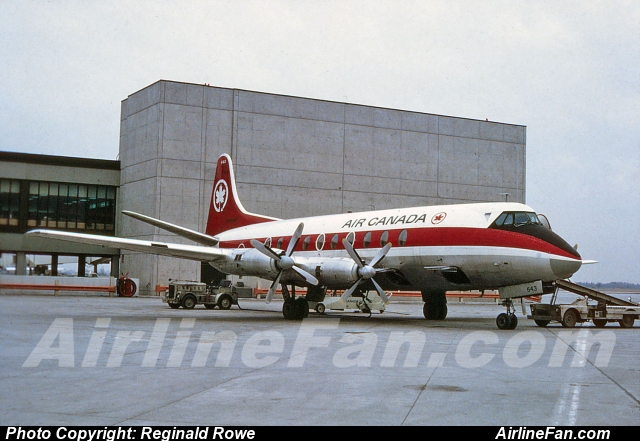
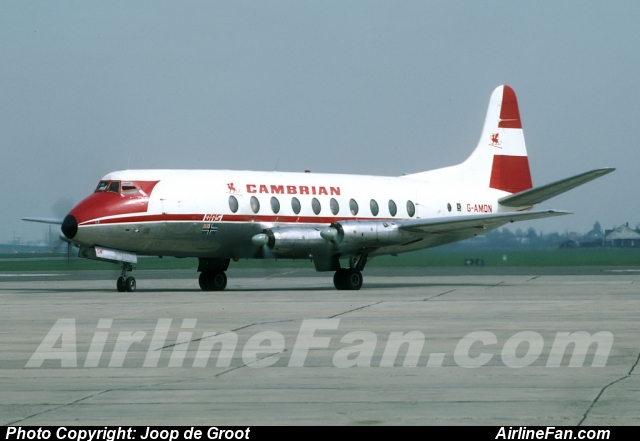
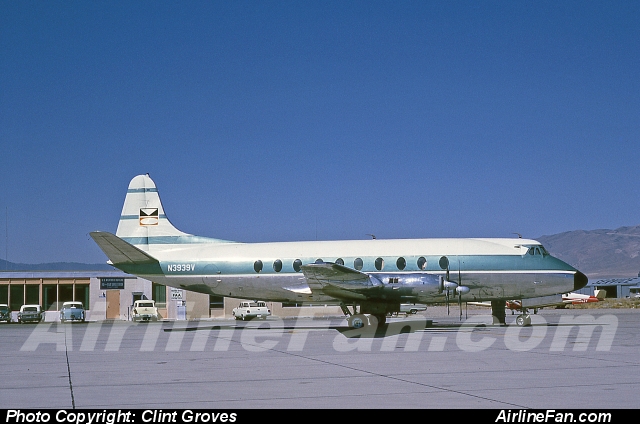
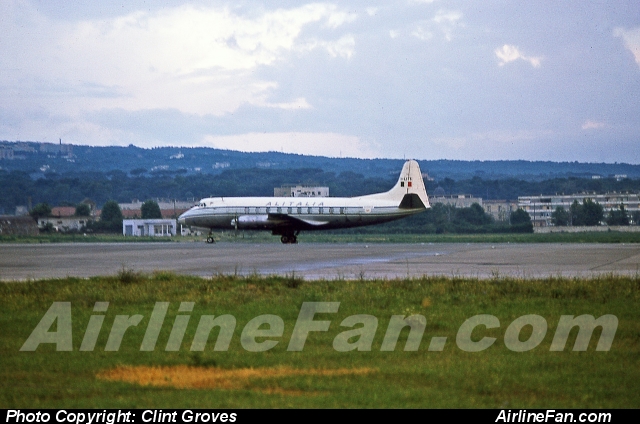
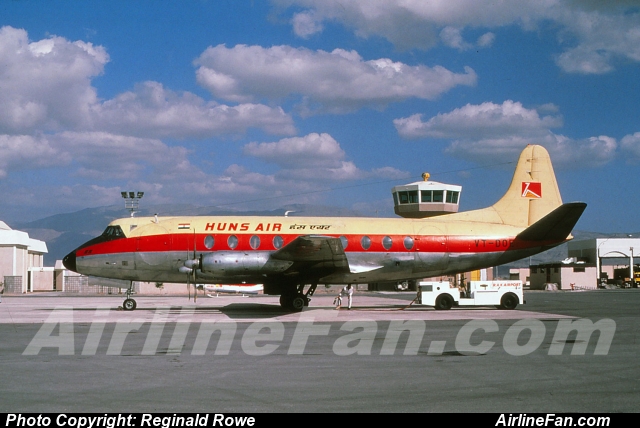
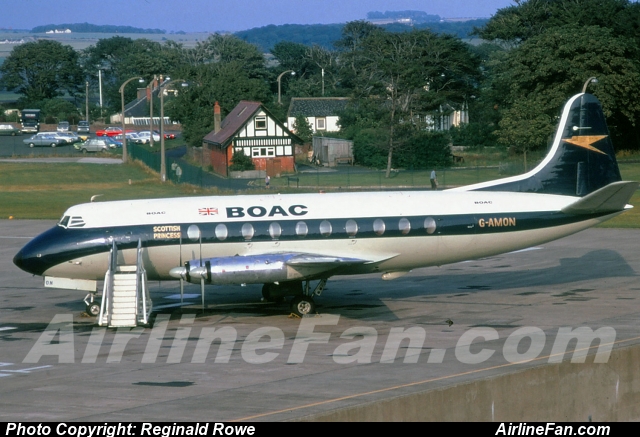
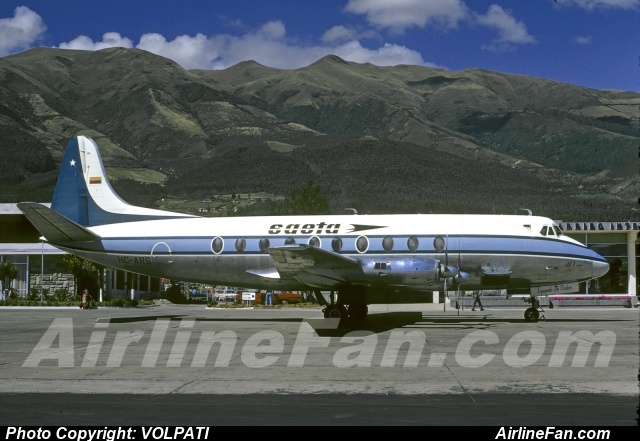
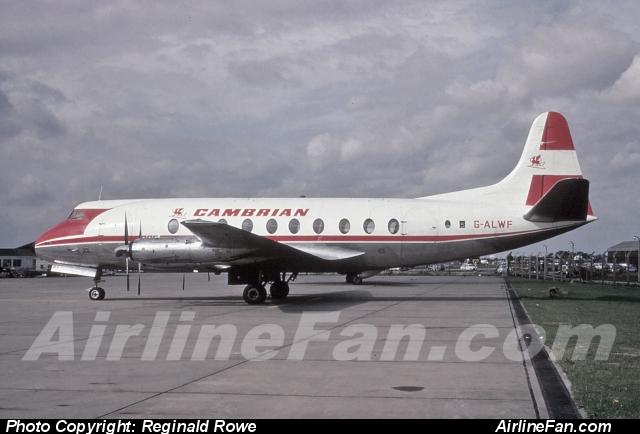
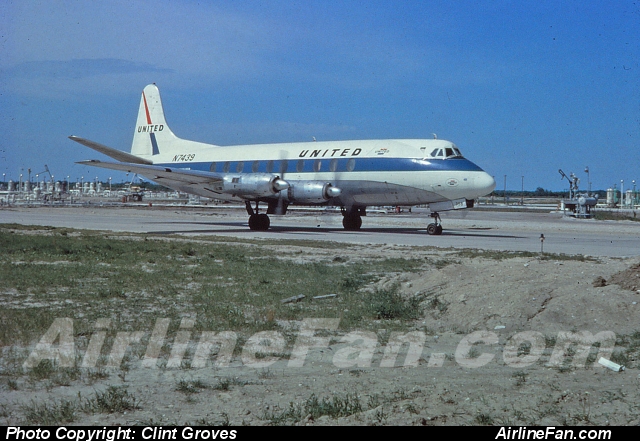 WANTED: Top aviation photographers to join our team.
To see all the Vickers Viscount 700 photos for sale
WANTED: Top aviation photographers to join our team.
To see all the Vickers Viscount 700 photos for sale CLICK HERE
To see all the Vickers Viscount 800 photos for sale CLICK HERE
Kodachrome slides of the Vickers Viscount for sale CLICK HERE >> HUGE SELECTION